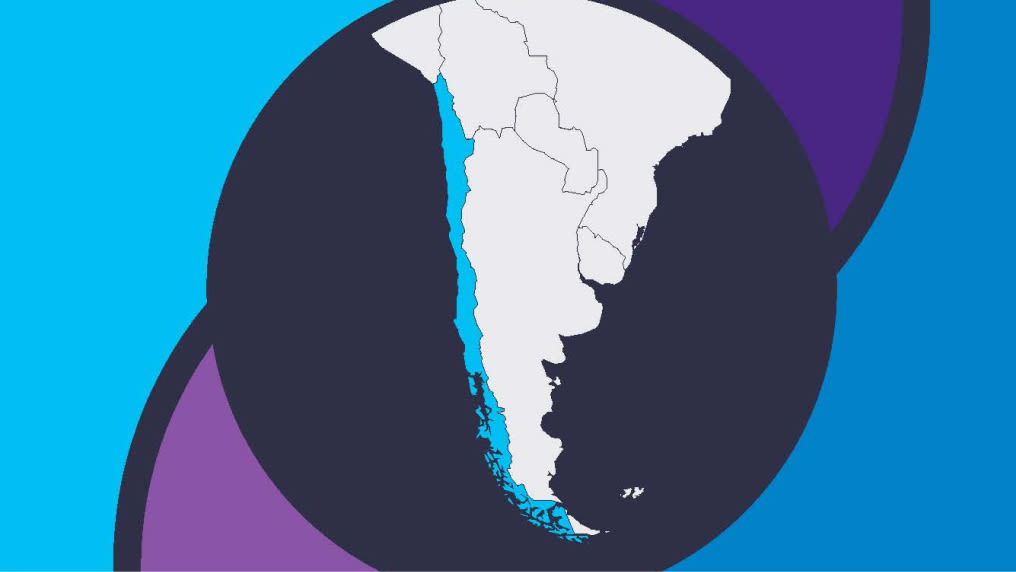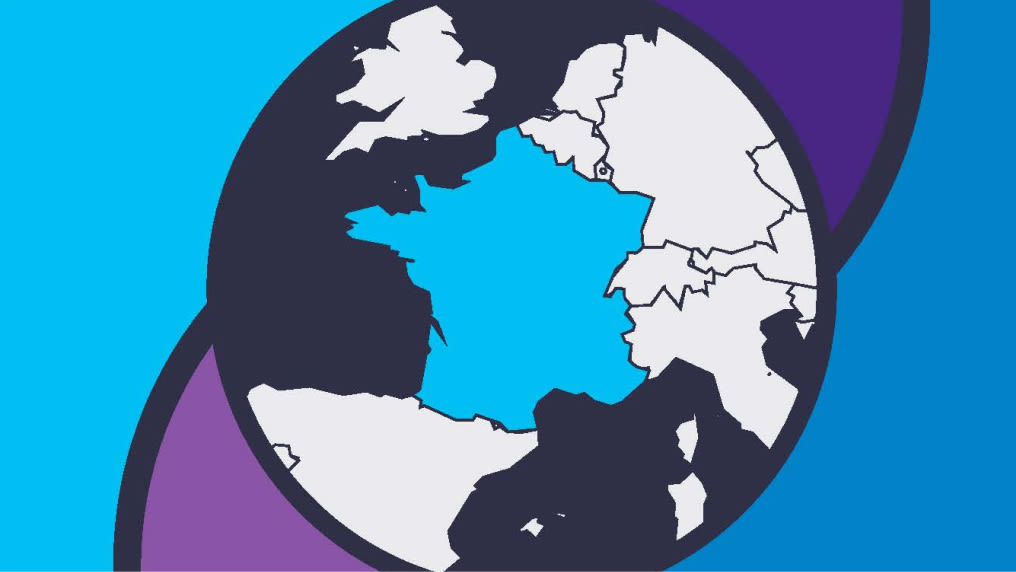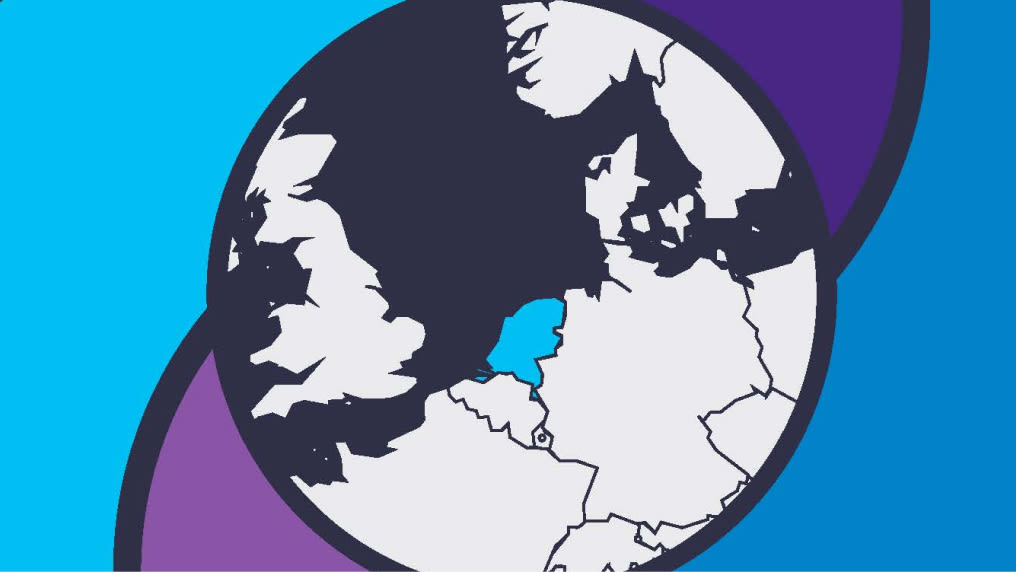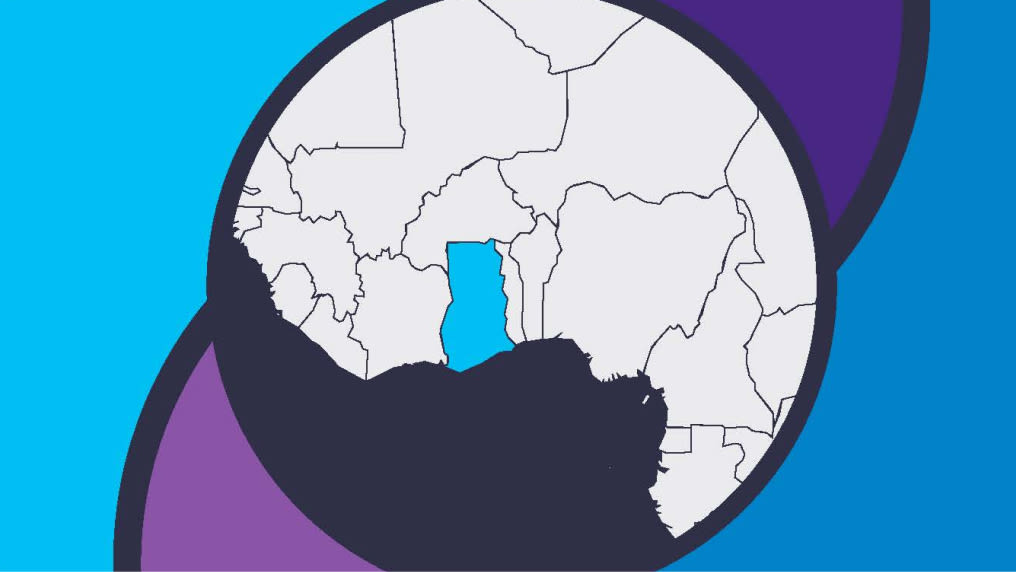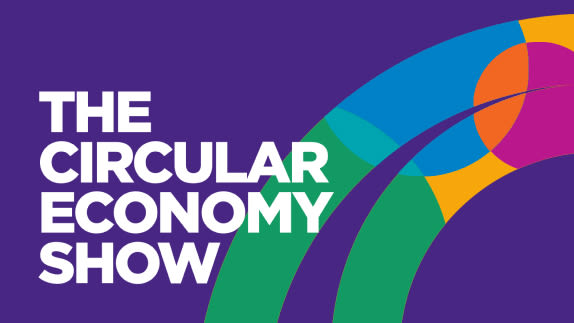This page is part of the report Pushing the Boundaries of EPR Policy for Textiles, where we explore a common approach across national EPR systems to maximize alignment and effectiveness. Additionally, we highlight the many benefits EPR can offer beyond downstream waste management. For more insights, explore the full paper.
EPR status
Other EPR schemes: Supported by the World Bank, the Ghanaian Ministry of the Environment, Science, Technology, and Innovation (MESTI) is developing the legal framework for a mandatory EPR for plastics scheme. MESTI intends to expand the remit of the EPR legislation in the future to other product categories including textiles, electronics and food products.
Separate collection & sorting of discarded textiles
Separate collection rate:
Data is not available as there is currently no formal separate collection in place across the country.
However in Accra’s Kantamanto market, one of the world’s largest used clothing markets, where secondhand clothing is sold to wholesalers and citizens, approximately 30% of the textile waste generated (textiles that remain unsold and therefore become waste) is collected by the Accra Waste Management Services.
Sorting of collected textiles:
Data is not available as sorting activities in Ghana are largely focused on imported second-hand clothing and not on discarded used textiles. Often, sorting operations are carried out by both the importer (wholesaler) and the buyer (trader).
Destinations of used textiles imported into Ghana
Volume of used textiles imports into Ghana (2022): 111,329 tonnes
Textiles transported to Kantamanto market (Relative to the quantity of textiles imported into Ghana in 2022): 63%
Textiles sent onwards to other markets in Ghana (Relative to the quantity of textiles transported to Kantamanto market): 30%
Textiles exported to neighbouring countries (Relative to the quantity of textiles transported to Kantamanto market): 50%
Textiles remaining for sale on Kantamanto Market (Relative to the quantity of textiles transported to Kantamanto market): 20% of which approximately 60% are considered quality 1 and 2 grades, while 40% are considered low value and therefore likely to end up in final disposal.
Non-reusable and waste textiles: At Kantamanto market, 30% of textile waste that is collected by AWMS is landfilled. The remaining 70% is abandoned in the environment.
Ghana’s textiles challenge
Oliver Boachie is Senior Advisor to the Minister of Environment, Science, Technology and Innovation in Ghana. In his role, Boachie closely follows global developments and policy efforts to create a circular economycircular economyA systems solution framework that tackles global challenges like climate change, biodiversity loss, waste, and pollution. It is based on three principles, driven by design: eliminate waste and pollution, circulate products and materials (at their highest value), and regenerate nature. for textiles and plastics, and works to develop national circular economy policies tailored to the Ghanaian context.
“Ghana has a thriving reusereuseThe repeated use of a product or component for its intended purpose without significant modification. economy,” Boachie explains. “Ghanaians purchase used clothing, and rely on local repairrepairOperation by which a faulty or broken product or component is returned back to a usable state to fulfil its intended use. businesses and tailors to keep garments in use. This is a fantastic example of a circular economy. Textiles discarded by households are typically no longer reusable, as they are generally used until all reuse value is drawn out. For these products, there is currently no formal separate collection offered by the waste management services, resulting in the majority of these textiles going into the municipal solid waste stream.
“In addition, there is a significant percentage of imported used clothing that is never sold, or turns out to be non-reusable. Some governmental efforts to separately collect used textiles focus on marketplaces for secondhand clothing, such as Kantamanto market in Accra. Because of this non-reusable fraction that currently ends as waste, there is a strong need to establish a sorting industry in Ghana, alongside engineered landfills and other facilities to process low-quality textiles in an environmentally sound manner.”
“EPR can help create jobs and build new industries to keep textile materials in circulation.”

Oliver Boachie
Senior Advisor to the Minister of Environment, Science, Technology and Innovation in GhanaIn Ghana there is currently no mandatory EPR policy in place, however, a legal framework is being developed for plastics. Over time, this will be extended to cover textiles, as well as electronics and food products, as outlined in Ghana’s roadmap for the circular transition. “The current lack of processing infrastructure as well as the informal nature of the national textile sector will be important considerations in Ghana’s EPR policy design,” says Boachie.
Recognising the opportunity of EPR schemes to capture the value of textile products and materials, Boachie believes that “rather than focusing on growing new fibres and textiles, such as cotton, we should instead focus on building a fibre-to-fibre recycling industry in Ghana, taking advantage of the volume of used textiles we have and collaborating with neighbouring regions, such as Mali and Niger, to spin yarn incorporating both used and virgin textiles. This approach will generate jobs and deliver upskilling trajectories for workers in Ghana, ultimately improving their quality of life.”
Boachie argues that EPR can be a tool in the transition to a circular economy: “EPR needs to consider an expanded mandate, by design. It needs to cover collection and treatment, but it also needs to cover ancillary services, education, capacity-building, and awareness-raising. It can strengthen the roles and jobs of actors in the value chain, in particular for informal workers. EPR traditionally does not do this, but it certainly can.”
“When developing EPR schemes, the global dimension needs to be accounted for”

Oliver Boachie
Senior Advisor to the Minister of Environment, Science, Technology and Innovation in GhanaThe global dimension
Policymakers are conscious of the interconnection between (future) EPR policies and trade policies. “As Ghana is a net importer of used textiles, international trade flows directly impact our volumes of waste,” explains Boachie. “Therefore, when developing EPR schemes, the global dimension needs to be accounted for. To solve the textile waste problem, EPR schemes need to collaborate internationally.” Boachie suggests that this could involve improved sorting and information-sharingsharingThe use of a product by multiple users. It is a practice that retains the highest value of a product by extending its use period. at the export end, prior to shipping. In addition, Boachie believes that by extending the geographical scope of EPR policies in the case of exports, Ghana could benefit from financial support to develop the infrastructure for a domestic sorting industry and for environmentally sound solutions to process non-reusable textiles.
Beyond EPR in its current form, other financing mechanisms need to be considered to eliminate textile waste and pollution. “Countries at the import and export ends of the textile chain need to work together,” Boachie continues. “In 2023, Ghana proposed a Global Plastic Pollution Fee (GPPF). The idea of such a global fee could also be considered for textile products, ensuring that countries receive the support they need to manage waste where it ultimately ends up.”
The role of Ghana in the used textiles trade
Ghana is a net importer of used textiles, and in 2021 was the 12th largest importer, accounting for 2% of global imports. In that year, 62% of Ghana’s imports came from just three countries: the United Kingdom (32%), China (22%) and Canada (8%).
Annual exports (2021): 1kT
Annual imports (2021): 119kT
Global distribution of exports from Ghana (2021). Annual exports (2021): 1kT
Global distribution of imports to Ghana (2021). Annual imports (2021): 119kT
Download
Pushing the boundaries of EPR policy for textiles: Ghana factsheet is available in: English
To quote this factsheet, please use the following reference: Ellen MacArthur Foundation, Pushing the boundaries of EPR policy for textiles: Ghana factsheet (2024).
Focus countries
These five focus countries illustrate what EPR policy design could look like in different jurisdictions. They offer a snapshot of each country’s material flows, alongside policymaker perspectives.

